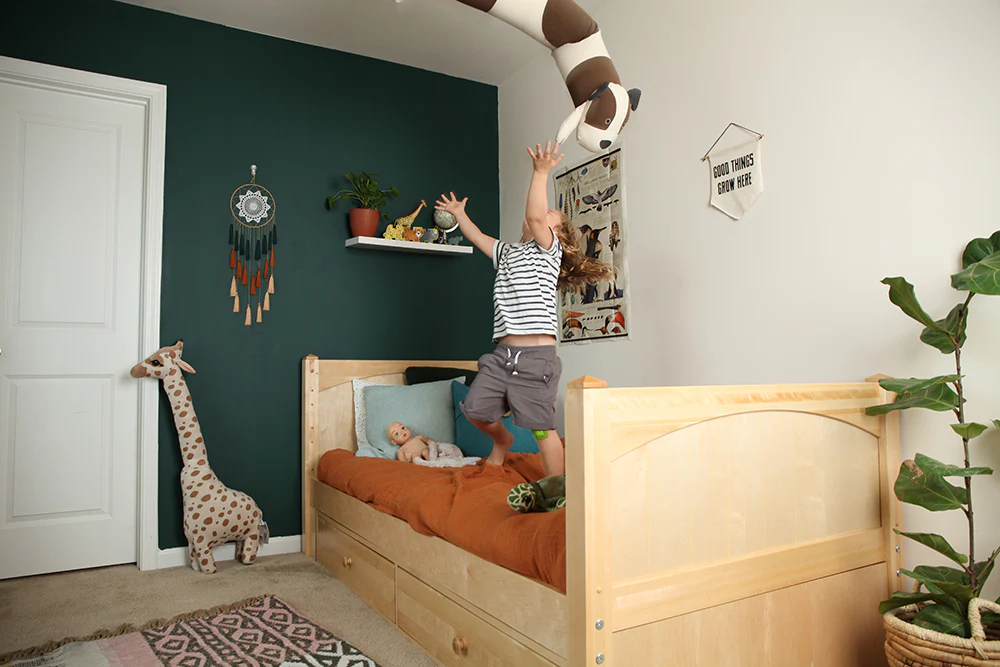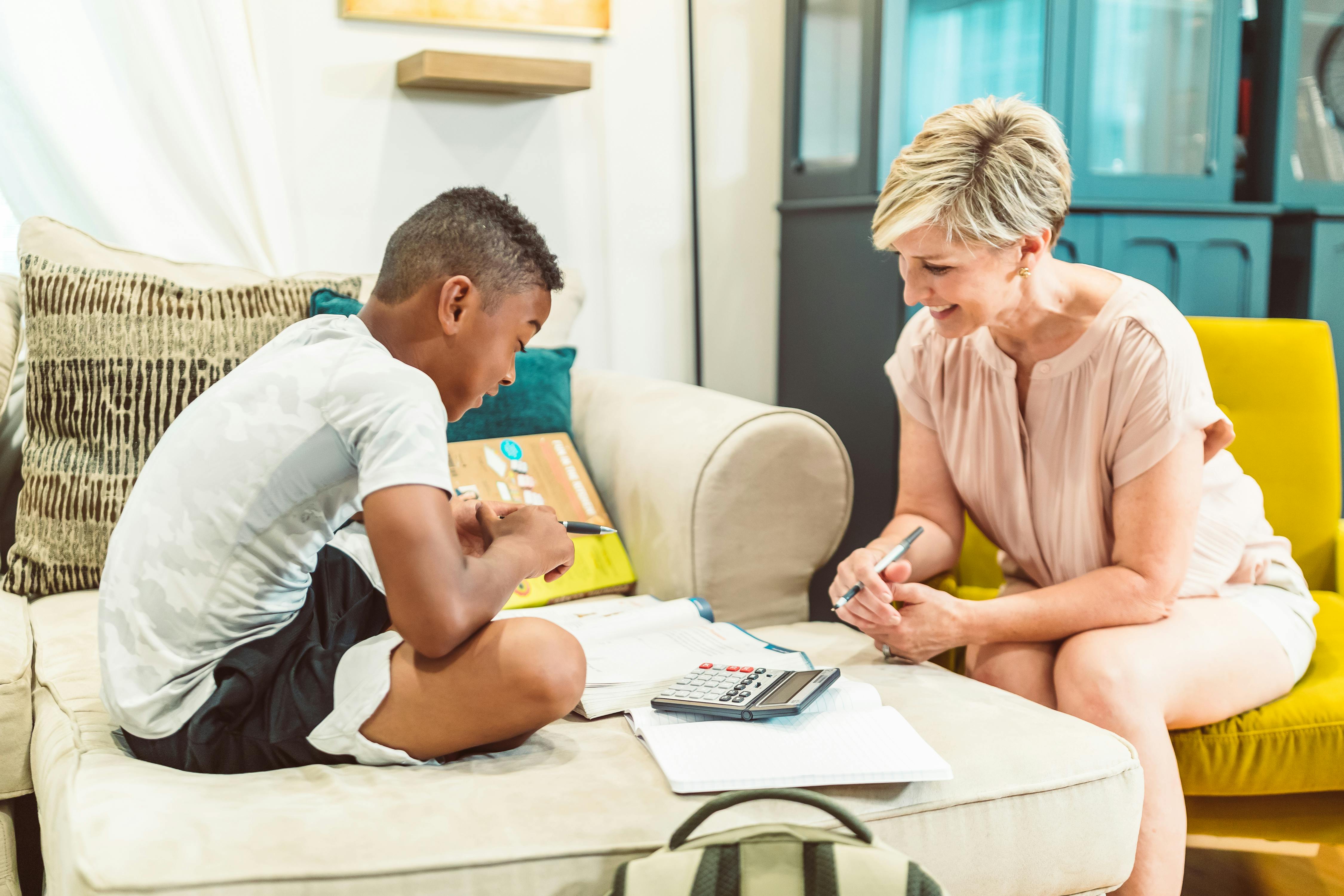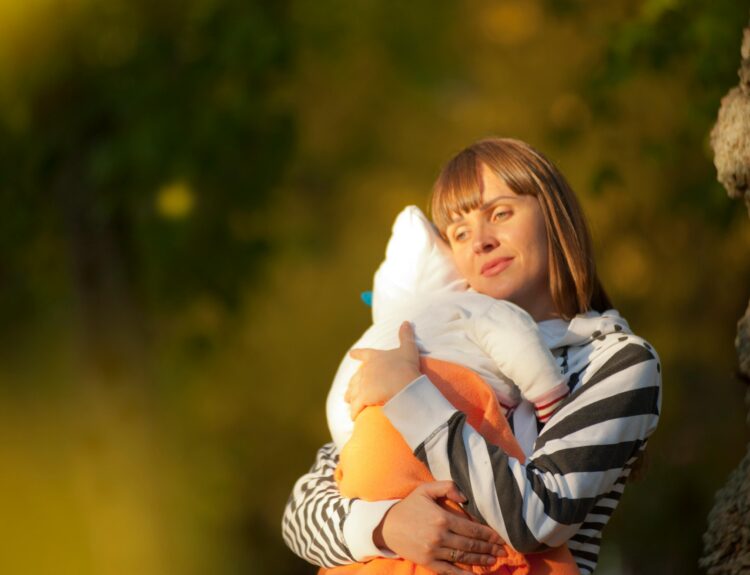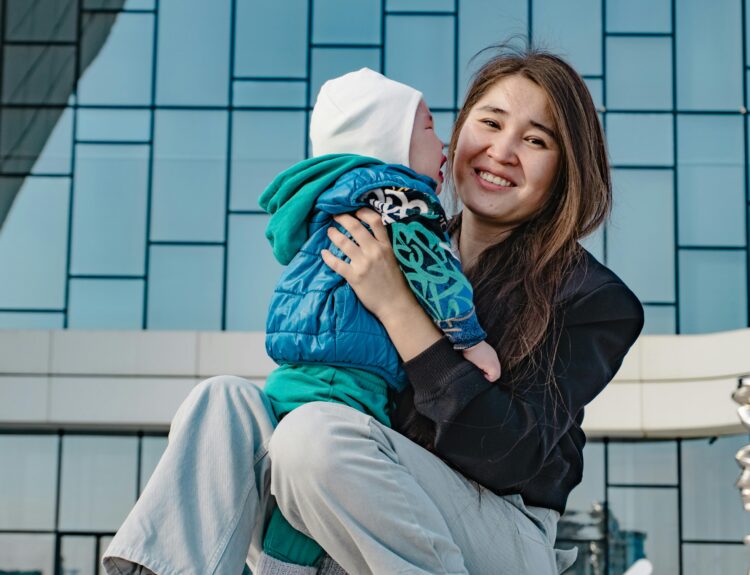One of my favourite things about being a mother is seeing my son, Aanas, develop and discover the world. He is five years old and full of enthusiasm, inquisitiveness, and inventiveness. I wanted to design a room in our house that was exclusively for him, where he could play freely, let his imagination run wild, and learn at his own speed. At that point, the notion of creating a special playroom emerged.
Creating a playroom involves more than just stocking a room with toys; it also involves planning an area that stimulates learning, promotes creativity, and offers a secure setting for discovery. From the planning phases to the final setup, I’ll walk you through my experience creating the ideal playroom for Aanas in this blog, along with helpful hints and pointers I discovered along the way.
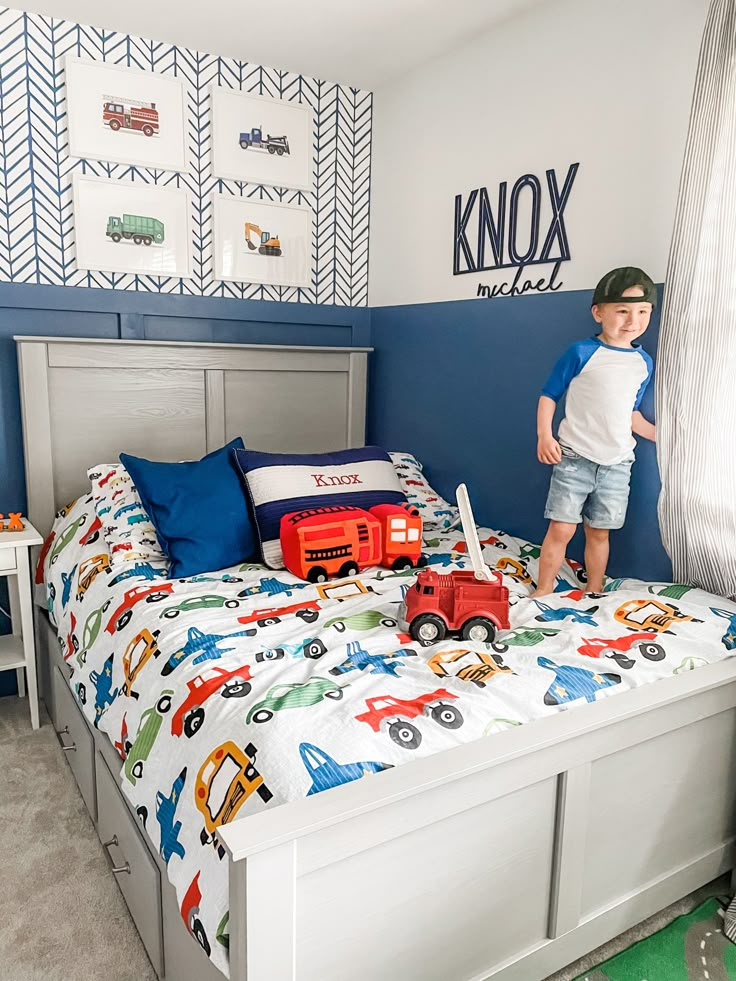
Step 1: Space Planning
I knew that planning the area was the first step before beginning any physical setup. Due to the small size of our home, I had to pick a room that was both practical and flexible. I chose a little space next to the living room so I could keep an eye on it when I was doing housework or cooking. I wanted to give Aanas the opportunity to play on her own while I was close by, so it was crucial that I kept the playroom within earshot.
I also thought about how I wanted the playroom to develop alongside him. Although the arrangement would initially accommodate his present interests, I wanted a room that could adapt as he did because I knew that children change rapidly. This required making use of multipurpose storage, modular furniture, and flexibility for future modifications.
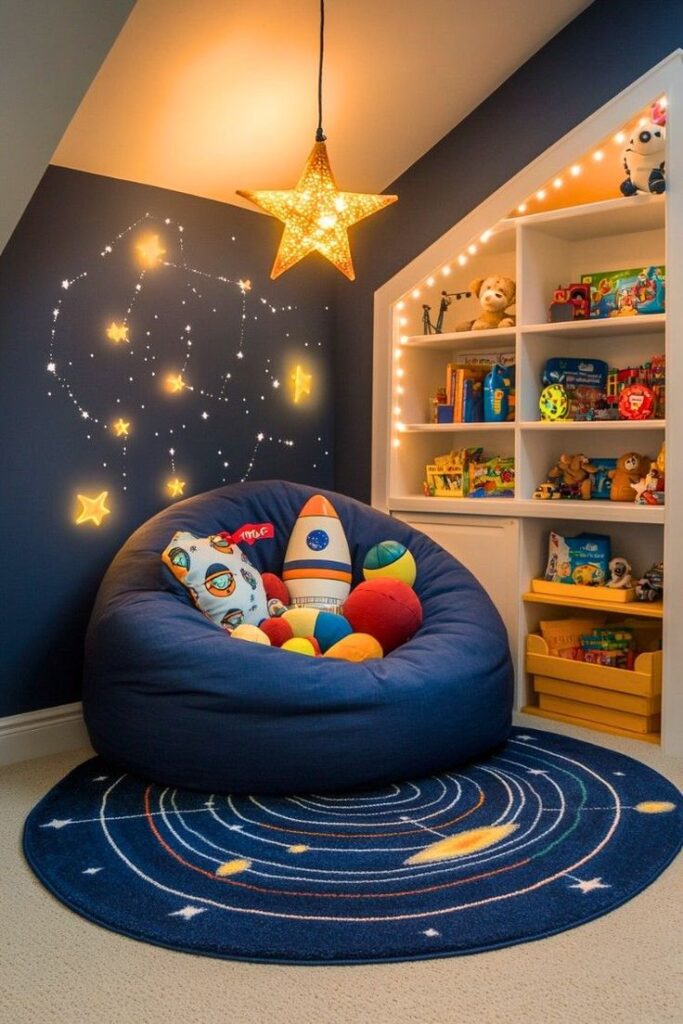
Step 2: Selecting the Proper Furniture
Selecting enjoyable, safe, and useful furniture is one of the most crucial elements of a playroom. Here are a few of the essential components I included:
1. Low Shelving and Accessible Storage:
For a child, independence in their space is crucial. I chose low, open shelves where Aanas could easily see and access his toys. I found this to be a game-changer because it encourages him to pick out and clean up his toys on his own. Bins and baskets with labels (and pictures for non-readers) also made it easy for him to organize his things without needing constant help from me.
2. Comfortable Seating: I set up a little kid-sized table with chairs for reading, drawing, and crafting, as well as a few soft floor cushions. Instead of overpowering him with adult-sized furniture, these smaller pieces give the room a cosy, personalised atmosphere.
3. A Play Mat or Rug: I included a sizable, vibrant play mat for comfort and security. It gives the space a splash of colour and is ideal for reducing any falls that may occur during vigorous play. Even floor time may be an educational opportunity because I chose one with an educational theme that included letters and numbers.
4. A Reading Nook: I set up a bookcase and a comfortable beanbag chair in a tiny area of the room since I’ve always wanted to inspire a love of reading in Aanas. His favourite picture books were on the low shelf, along with a few new ones that I frequently swap around. One of my favourite features of the playroom is the reading nook, which provides a peaceful setting for him to read and decompress.
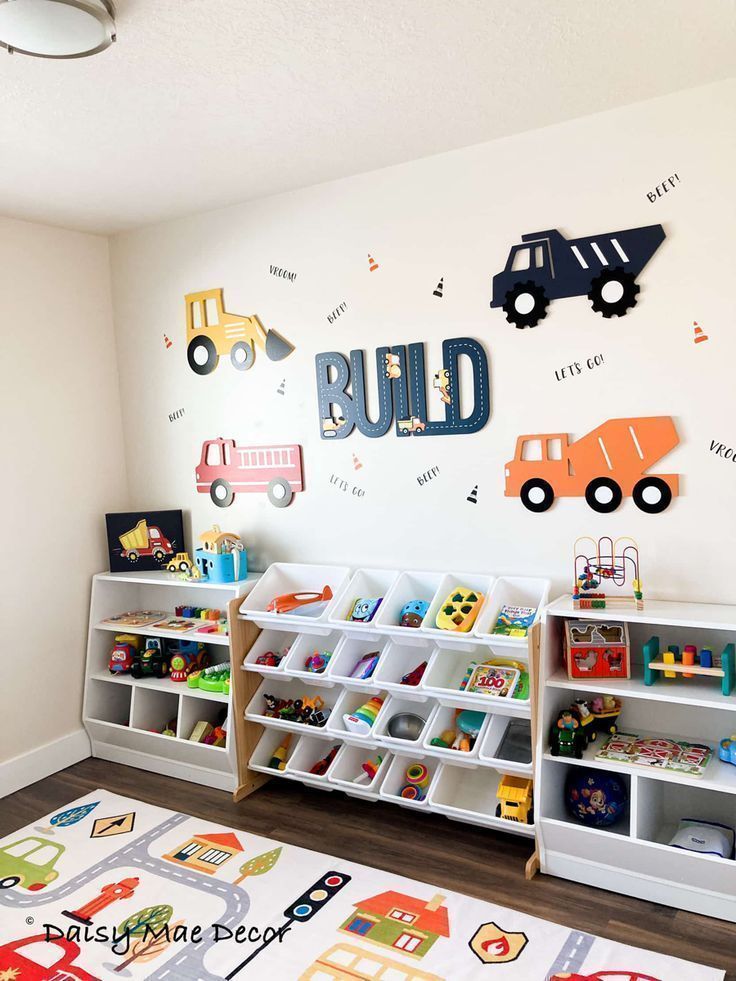
Step 3: Arranging the Educational Resources and Toys
I tried to blend enjoyment and education when it came to toys. Creativity, problem-solving, motor skills, and even social play are all stimulated by the range of activities found in a good playroom. I arranged the toys as follows:
1. Building and Construction Toys: Since Anas enjoys building things, I made sure to stock a lot of construction sets, such as magnetic tiles, LEGO bricks and blocks. These toys are ideal for fostering problem-solving abilities and fine motor skill development. I kept them in transparent containers so he could see what was inside.
2. Pretend Play Area:Since a child’s growth greatly benefits from imaginative play, I included a tiny toy kitchen with pretend food and culinary implements. Aanas “cooks” for me in this section of the playroom, which has become one of his favourite spots. He even invites his stuffed animals to his “restaurant.” To help him use his imagination, I also included costumed clothing and accessories like masks, hats, and capes.
3. Art and Craft Station: I put up a little craft station with crayons, markers, paper, and colouring books because I wanted to give him a place to explore his artistic side. He can now express his creativity while practicing letters and numbers thanks to the little chalkboard and dry-erase board I added for learning activities and drawing.
4. Games and Puzzles: I gave him educational games and puzzles that are entertaining and mentally taxing. These exercises, which range from memory matching games to jigsaw puzzles, support cognitive growth, focus, and critical thinking. I keep these games close at hand so he can select them anytime he feels like playing quietly and intently.
5. Active Play Area: I set up a tiny active play space with plush toys and a miniature trampoline to help kids release some energy. Even though the playroom isn’t big enough for him to run about, it provides a space for him to move and be active, particularly on rainy days when playing outside isn’t an option.
Step 4: Including Individual Touches
Without a few unique touches to give the space a child’s own feel, no playroom is complete. I let Aanas pick out some of the décor, such as his preferred wall decals and posters. Together, we adhered the vibrant and colourful animal decals he selected to the walls. In order for him to proudly display his artwork, I also installed a corkboard for his creative endeavours.
Making a “treasure chest” for him was an additional personal touch. He can save his treasures, mementos, and favourite tiny toys in this little box. It provides him a sense of pride and ownership, which enhances the room’s specialness.
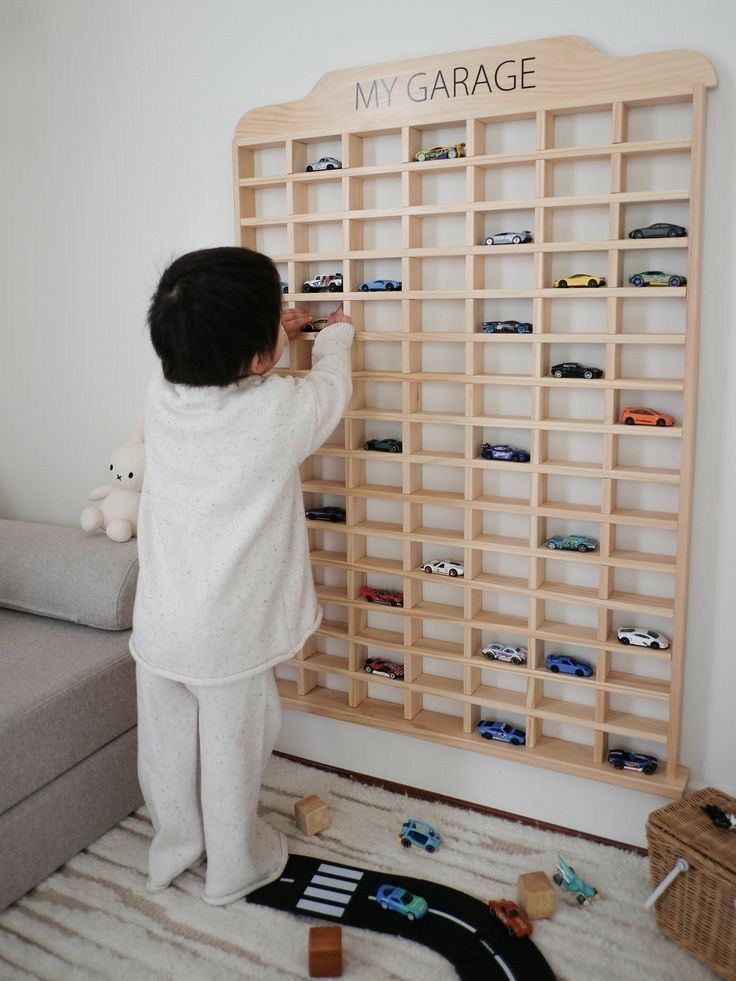
Step 5: Maintaining Flexibility
Flexibility was one consideration I made when arranging the playroom. I made sure to provide space for new toys, rearranging furniture, and altering layouts as necessary because kids grow and change so quickly and their interests vary. I’m confident that the playroom can develop and evolve with him by maintaining the shelves, bins, and open areas flexible.
Step 6: The Outcome: An Area for Love, Learning, and Fun
Following several days of preparation, arrangement, and setup, the playroom was at last prepared. Aanas’s eyes glowed with delight when I presented it to him. All I needed was to watch him explore the various spaces, gather toys, and enter his fantasy world.
Since then, the playroom has grown to be his favourite spot in the house, and I adore how it has aided with his independence. He now has a place where he can feel safe and at home while playing freely, learning new things, and letting his imagination run wild.
Concluding remarks
Among my better choices was to design a playroom for my son. It serves as a place for him to learn, develop, and gain confidence in addition to being a place for toys. I advise any parent considering establishing a playroom to concentrate on designing a space that is welcoming, safe, and flexible enough to accommodate your child’s requirements. Above all, create an environment that is brimming with laughter and love.
Have fun organising your playroom!



